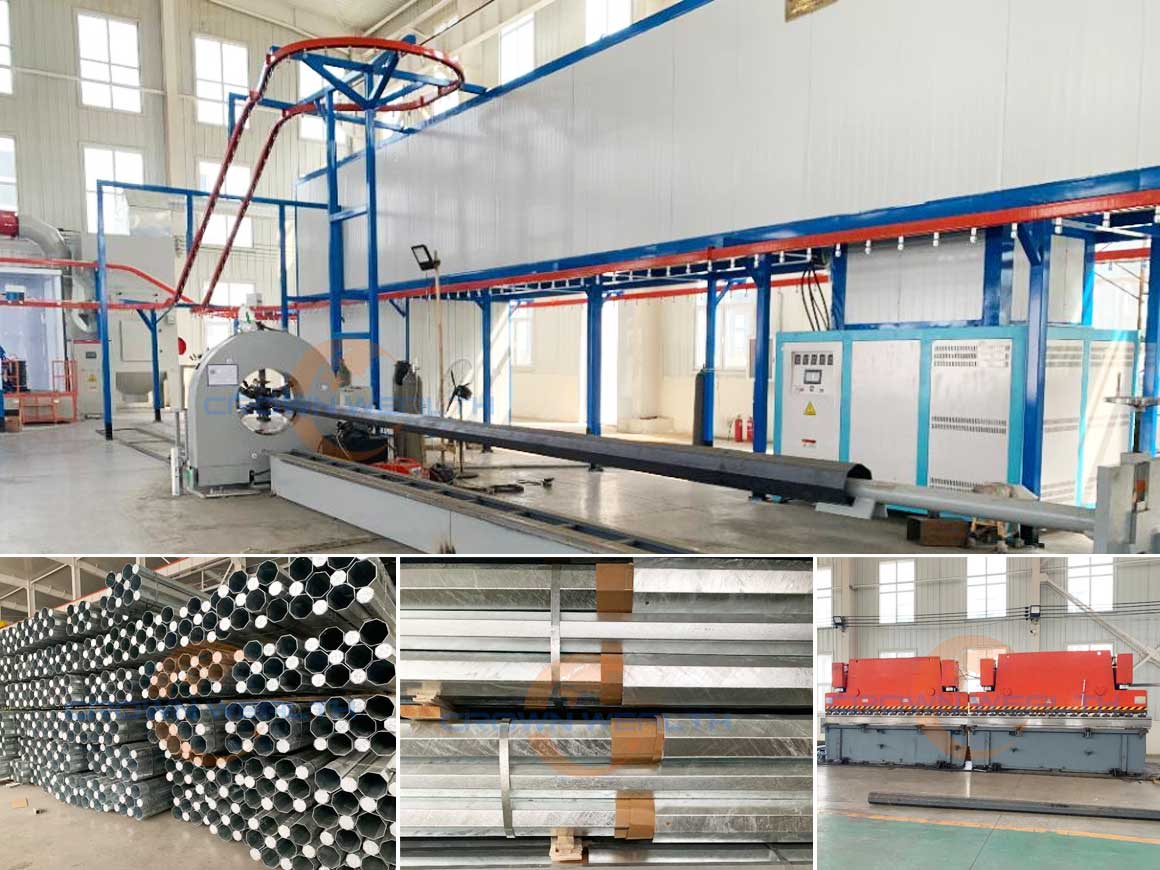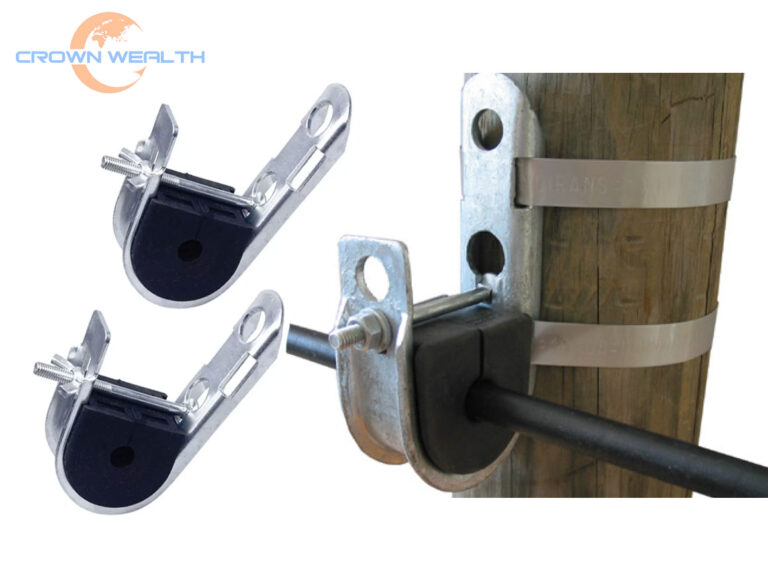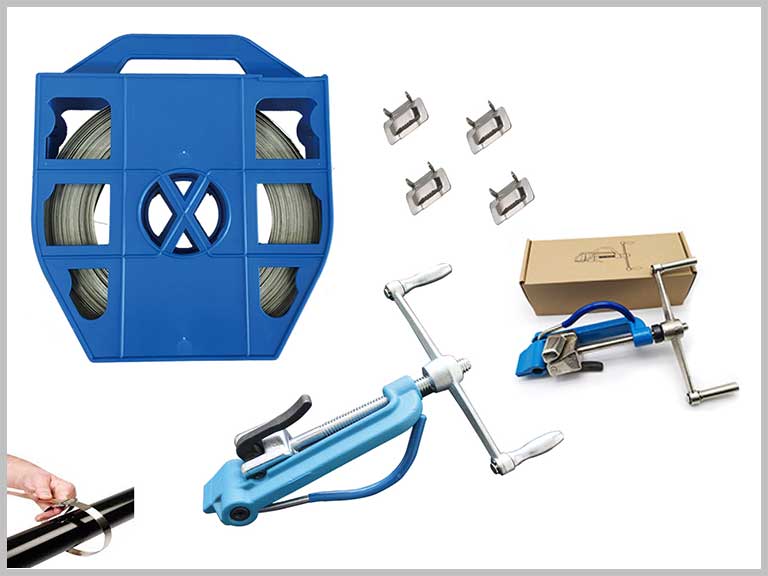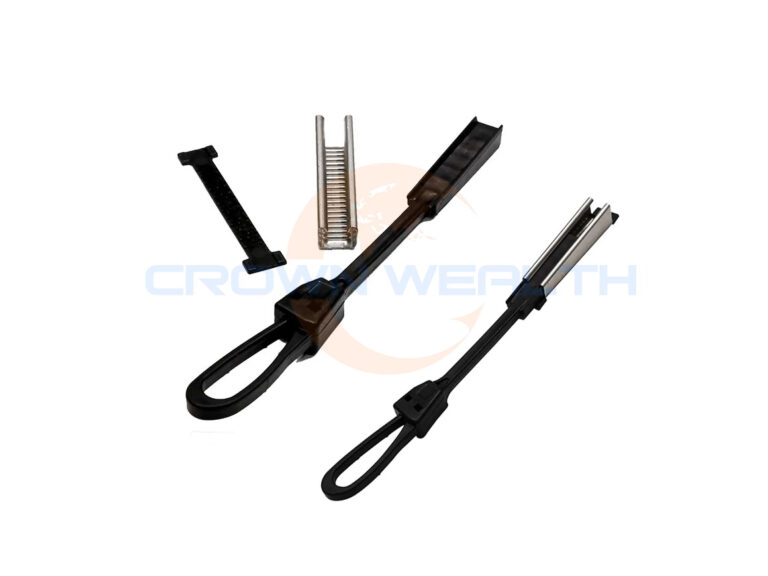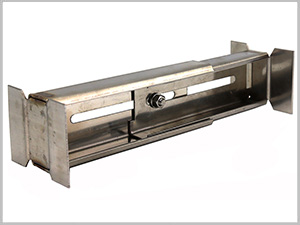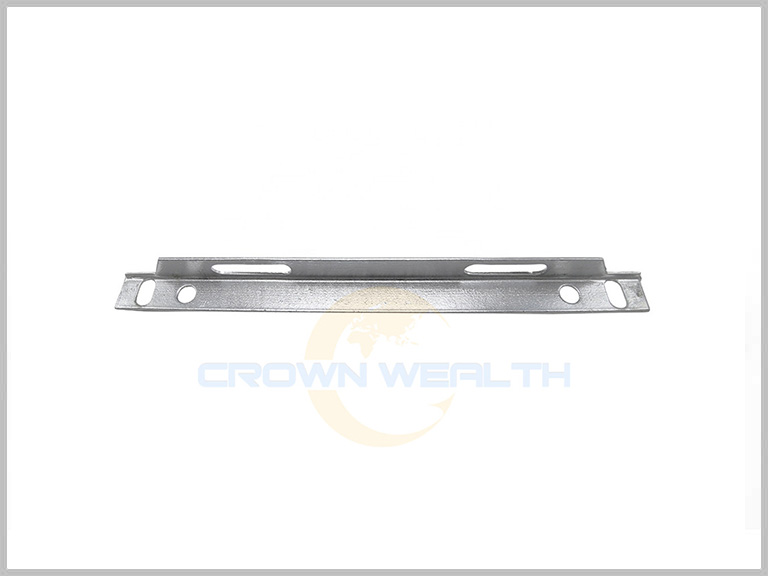Utility poles are a vital component of modern infrastructure, providing the physical structure that supports the power lines essential for distributing electricity to homes, businesses, and industries. These poles ensure that electrical power reaches its destination safely and efficiently, often spanning across vast distances in urban and rural areas alike. In this article, we’ll explore what utility poles are, how they function, and why they are crucial for power distribution.
What Are Utility Poles?
Utility poles, often referred to as power poles or telephone poles, are vertical structures used to support electrical wiring, telecommunications cables, and other utility lines. They come in various materials, with wood, steel, and concrete being the most common choices. These poles are strategically placed along streets, highways, and rural areas to create a network that connects the generation of electricity to end users.
Types of Utility Poles
Wooden Utility Poles: These are traditional utility poles made from wood such as cedar or pine. They are still widely used due to their cost-effectiveness and easy availability. They require regular maintenance on your part to prevent damage from rot and weather elements.
Steel Utility Poles: Steel poles are a more durable and long-lasting alternative to wooden poles. Hardwaremanufactory uses high-quality carbon steel as raw material, and the surface is galvanized with uniform thickness. The high strength and corrosion resistance of these steel utility poles make them an ideal choice for areas susceptible to harsh conditions. Steel poles are often used in high-load areas, such as high-voltage transmission lines.
Concrete Utility Poles: Concrete poles are often used in environments where durability is critical, such as coastal regions with salty air or in areas with high winds. They are strong and resistant to decay, though they tend to be more expensive and difficult to install than wood or steel poles.
Composite Utility Poles: These are newer materials that combine plastic and fiberglass to create a lightweight yet durable structure. They offer corrosion resistance and are used in specific environments where other materials may not perform as well.
How Utility Poles Support Power Distribution
The primary function of utility poles is to support electrical conductors, including high-voltage transmission lines, low-voltage distribution lines, and sometimes communication lines like telephone and internet cables. Here’s how they work:
Transportation of Electricity
Utility poles support power lines that transmit electricity from power stations to end users. The power lines running along these poles are essential for ensuring that electricity flows over long distances without significant loss. These poles help maintain the correct distance between the lines and the ground, minimizing the risk of short circuits or fires.
Height for Clearance
Utility poles are designed to raise power lines off the ground to provide adequate clearance for vehicles, pedestrians, and animals. This clearance is necessary for safety, as it prevents accidental contact with the wires. High-voltage lines are typically placed higher to avoid interference with normal activities, while lower-voltage lines are placed closer to the ground, especially in residential areas.
Distribution and Network Connectivity
Power distribution involves sending electricity from substations to homes and businesses. Utility poles create a network that connects high-voltage transmission lines to smaller, local power lines. This network allows electricity to be split and directed to various locations efficiently. Each pole plays a critical role in maintaining the structure and flow of the grid, ensuring that power reaches the right places.
Durability and Reliability
Utility poles are designed to withstand a range of environmental factors, from extreme weather conditions like storms and heavy snow to natural disasters such as earthquakes or wildfires. The durability of these poles is essential for ensuring a continuous, stable supply of power. In the event that a pole is damaged, the power company can quickly replace it, minimizing downtime.
Safety Features
Safety is a major concern in power distribution. Utility poles are engineered to ensure that power lines are securely attached and spaced apart, reducing the risk of accidental electrocution or fires. Additionally, some poles are equipped with safety devices like surge arresters or lightning rods to protect the electrical system from surges caused by storms or electrical faults.
Why Utility Poles Are Essential for Power Distribution
Utility poles are indispensable for the reliable transmission of electricity. Without these poles, modern cities, towns, and industries would not have access to a consistent power supply. They ensure that electricity can travel long distances, even across difficult terrain, and deliver energy to remote and rural areas where underground cables might be too costly or impractical.
Moreover, utility poles provide the necessary structure for a flexible power distribution system. As populations grow and power demand increases, the electrical grid can be adjusted by adding more poles and extending the power lines. This scalability is essential for the development and expansion of infrastructure to meet future needs.
Conclusion
In summary, utility poles are more than just a physical support for power lines—they are an essential part of the electrical distribution system that ensures electricity reaches everyone, no matter where they live. These poles support the safe, reliable, and efficient transportation of electrical power from generation stations to homes, businesses, and industries.
If you want to buy galvanized steel utility poles from China, contact us today. We can provide you with preferential factory prices.

